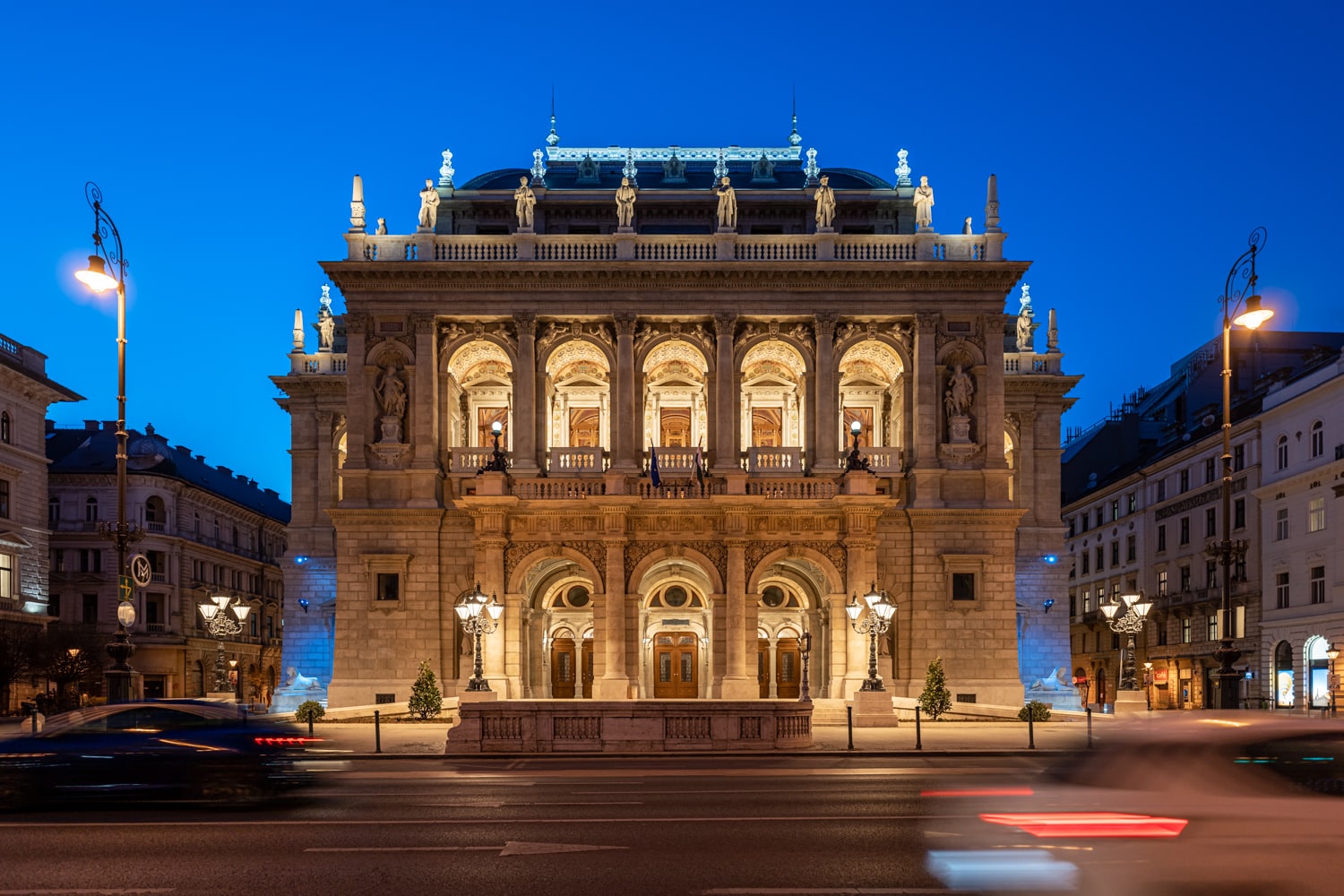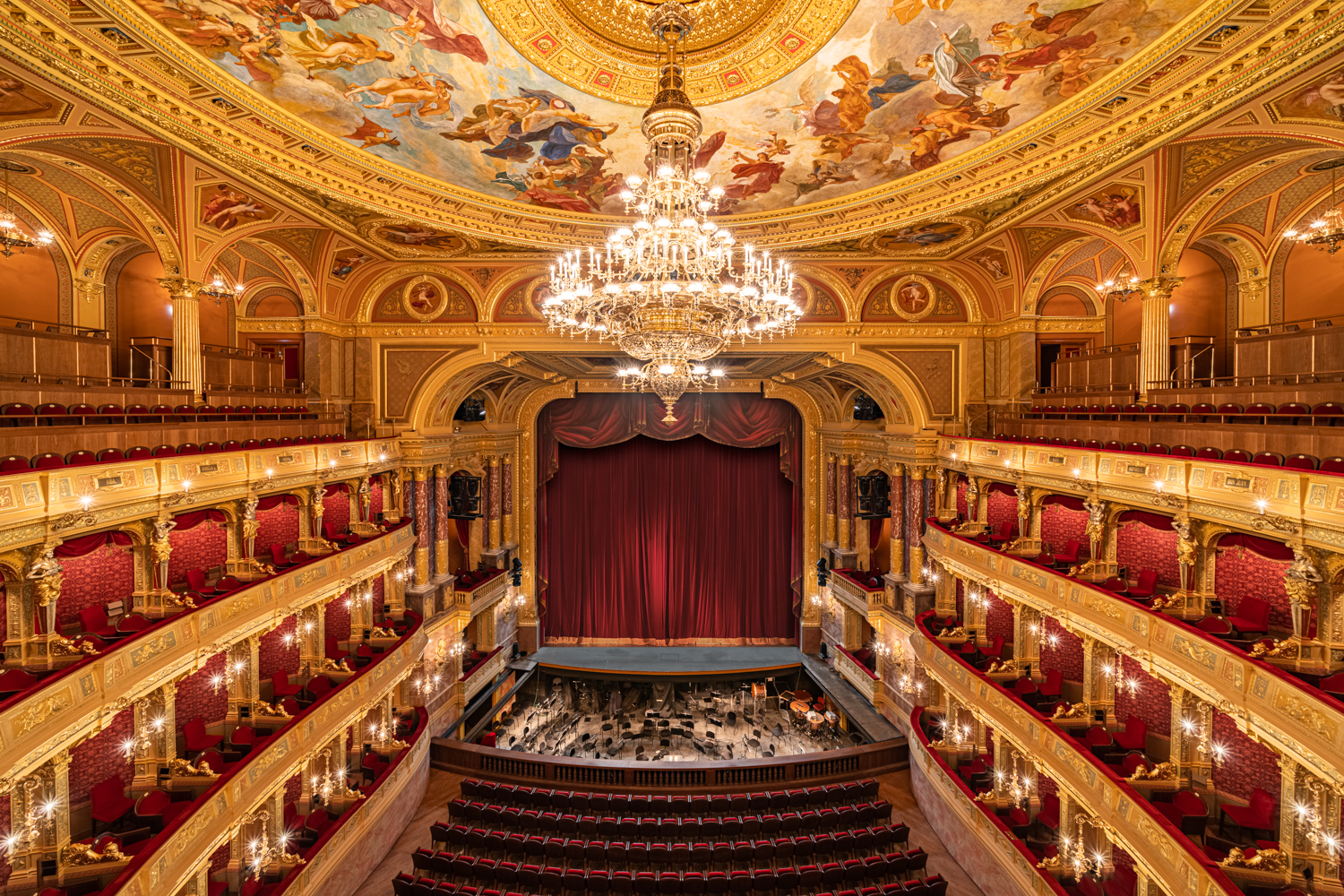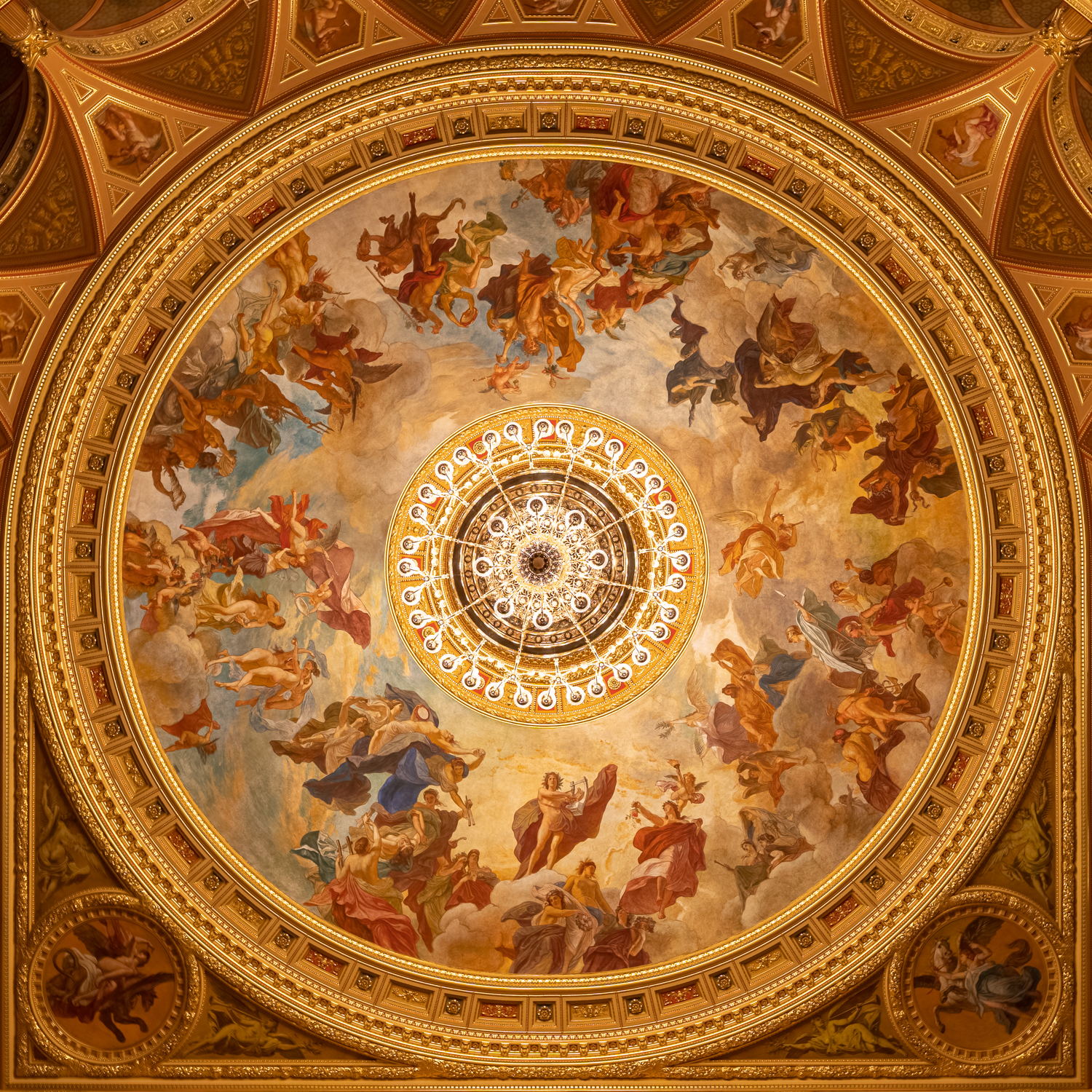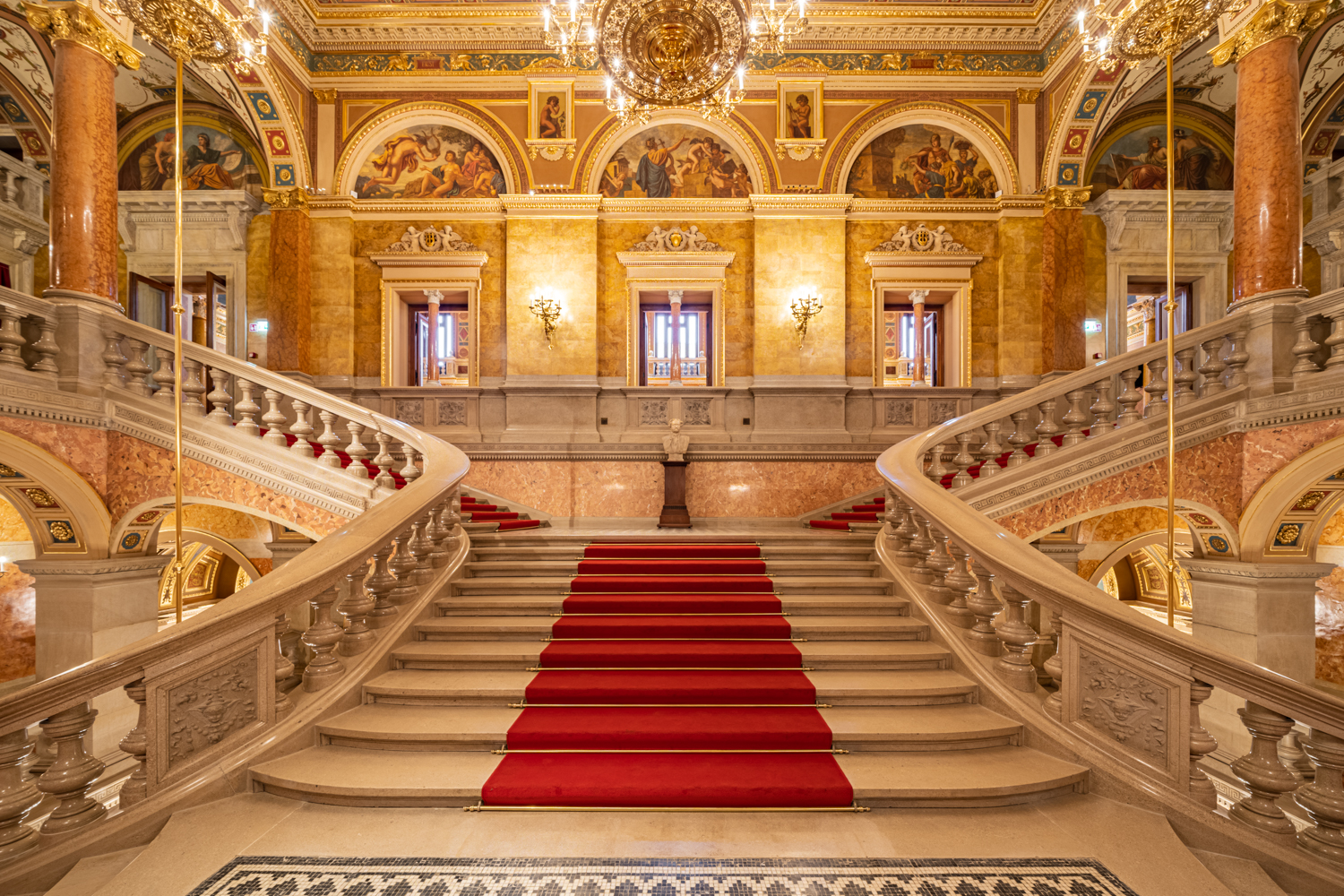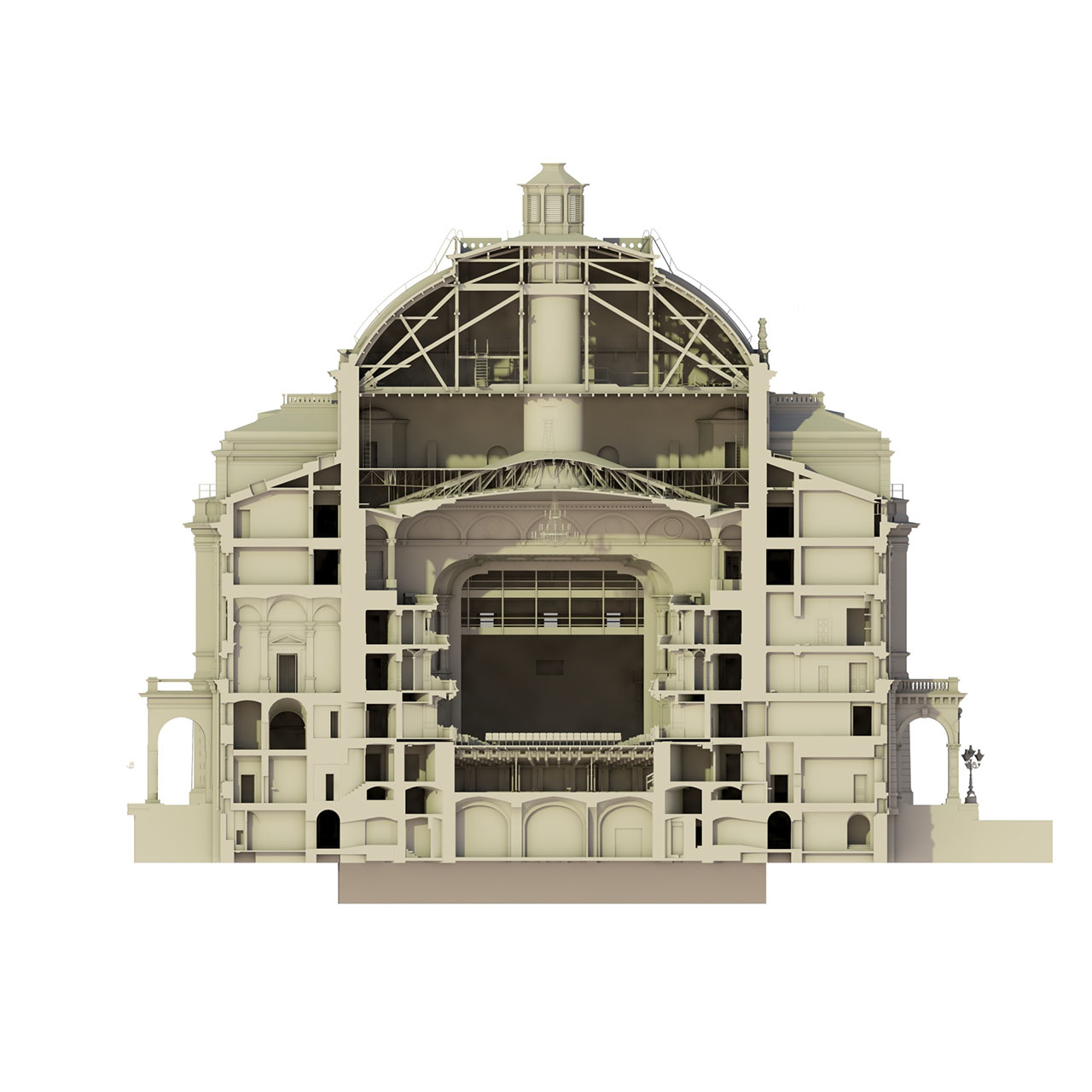Built in 1884 based on the plans of the genius architect Miklós Ybl, the Budapest Opera House is a unique heritage-protected building bearing witness to the era. Not many opera houses have survived in their original form in the world from the time of its construction, the 19th-century heyday of opera performance. The greatest figures of Hungarian applied and fine arts and the best builders of the period worked on the building. According to legend, when it was opened, Emperor Franz Joseph noted in bewilderment that the Budapest Opera House in Budapest had become more beautiful than the one in Vienna.
A monumental undertaking, the renovation of the Hungarian State Opera House was not only aimed at renewing the physical condition of the building, but also had a deeper cultural and social significance. The historic landmark building, which for decades hosted legendary performances of Hungarian opera and ballet, has now been reborn through revitalisation.
Our main objective was to restore the neo-Renaissance style listed palace to its original state, reflecting the era in which it was built. Over the past 140 years, the building has undergone several alterations that have disrupted its acoustic and architectural integrity. The challenge for us in restoring the original building was to find a way to create the conditions necessary for 21st century opera performance in an applied and fine arts environment that evokes the original historic period.
The Opera House has now regained its former glory, “the 138-year-old palace has been resurrected” and “is now more 19th-century than the 19th century itself”. It’s safe to say that if you want to see an original 19th century music and drama theatre today, you should come to Budapest.

